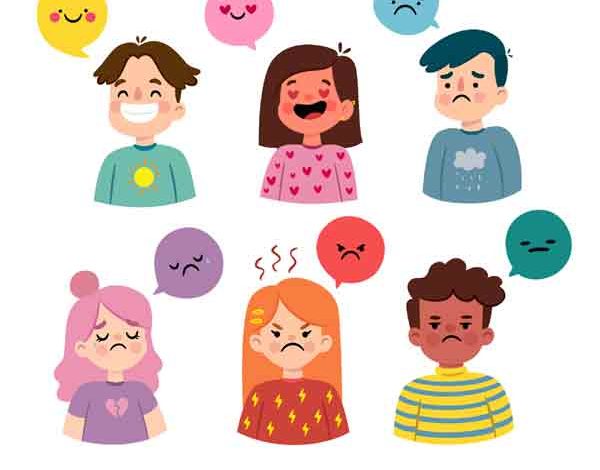How to use emotions in logos?

In the world of branding and marketing, logos are a powerful tool for conveying a brand’s identity and values. Beyond mere visuals, logos have the remarkable ability to evoke emotions and create a lasting impression on consumers. Understanding how to effectively use emotions in logo design can make a significant difference in how a brand is perceived and remembered. This article explores the art of incorporating emotions into logo design to create a lasting and impactful brand presence.
- Know Your Target Audience
Before diving into logo design, it’s crucial to have a deep understanding of your target audience. Different demographics and psychographics respond to various emotions differently. Research your target audience’s preferences, interests, and values to identify the emotions that will resonate most with them. By understanding your audience, you can design a logo that speaks directly to their emotions and establishes a meaningful connection. TurboLogo’s user-friendly interface makes it easy for anyone to design a logo, regardless of their graphic design experience.
- Define Your Brand’s Emotion
Every brand has a unique personality and emotional essence. Whether it’s trustworthiness, excitement, nostalgia, or innovation, determining the primary emotion you want to convey is a crucial step. The chosen emotion should align with your brand’s core values and resonate with your target audience. This emotion will serve as the foundation for your logo design, guiding every creative decision you make.
- Color Psychology
Colors play a significant role in evoking emotions. Different colors are associated with specific feelings and can greatly influence how people perceive your brand. For instance, red can signify passion and energy, while blue often represents trust and professionalism. Incorporate colors that align with the emotion you want to convey in your logo. However, be mindful of cultural differences in color symbolism, as interpretations can vary across different regions.
- Typography and Typeface
Typography is another powerful tool for infusing emotions into your logo. The choice of typeface can convey a sense of elegance, playfulness, modernity, or tradition. It’s essential to select a typeface that complements the emotional essence of your brand. For instance, a tech-savvy brand might opt for a sleek and futuristic typeface, while a vintage-themed brand could use a classic and ornate font.
- Simplified Symbolism
Incorporating symbolism that aligns with the desired emotion can make your logo instantly recognizable and emotionally impactful. Utilize symbols, shapes, and imagery that have a strong connection to the emotion you want to convey. Keep the design simple and avoid clutter to ensure that the emotion remains the focal point of the logo.
- Balance and Harmony
While emotions are a central focus, it’s important to maintain balance and harmony in your logo design. An overly cluttered or chaotic design can dilute the emotional impact. Strive for a clean and well-organized composition that guides the viewer’s attention toward the intended emotion.
- Test and Iterate
Logo design is an iterative process. Test your logo design on a diverse group of individuals who represent your target audience. Gather feedback on the emotional response elicited by the logo and make necessary adjustments. Fine-tuning the design based on real-world feedback ensures that the intended emotion is effectively conveyed.
Conclusion
Incorporating emotions into logo design is an art that requires a deep understanding of both design principles and human psychology. A well-crafted logo can create a powerful emotional connection between a brand and its audience, resulting in increased brand loyalty, recognition, and engagement. By carefully selecting colors, typography, symbolism, and composition that align with your brand’s desired emotion, you can create a logo that leaves a lasting impression and drives meaningful connections with your audience.




